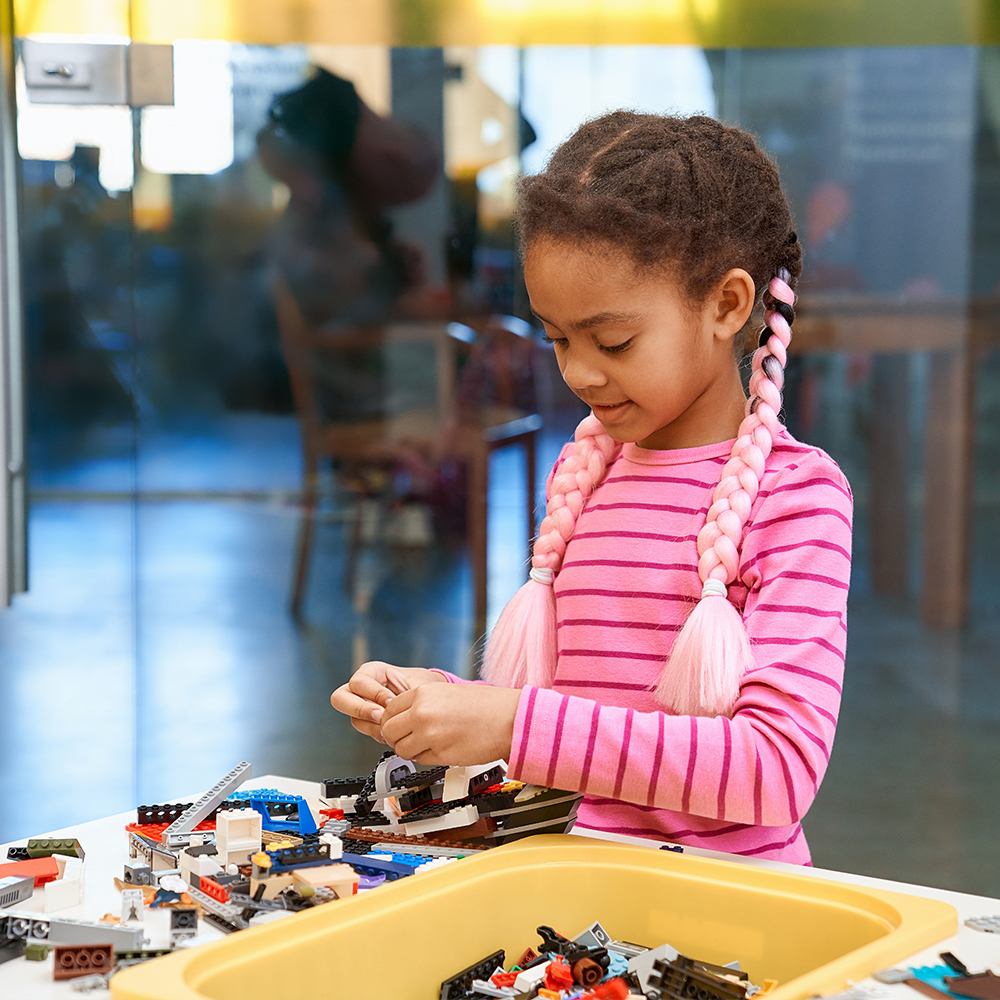As per the 2020 report by Science Direct, it is speculated that the learners who are educated with challenge-based gamification in education have shown tremendous growth in their performance by 89.45% compared to the learners who have received only lectures.
You must be wondering how Gamification is acting as a performance booster for students?
Let’s learn about Gamification step-by-step.
What Do You Mean By Gamification?
Gamification is a simple method that includes game environments into non-game environments. The non-game environment can be a website, online community, etc. The main objective of Gamification in education is to engage with learners.

In simple words, the gamification approach is defined as adding game-like elements to tasks or activities to encourage the children’s participation. It offers a wide range of benefits over traditional rote learning approaches. The sole purpose of Gamification is to apply gaming strategies to improve learning to make it more interactive for young minds.
You will be surprised to know that in 2020 and 2025, the global gamification market’s estimated CAGR growth is around 30%, i.e., approximately $31 billion in comparison to 2019.
What Are The Benefits Of Gamification In Education?
Gamification technology offers the following benefits:
1. Enhance Knowledge Retention:
It enhances the knowledge retention of young minds. If the learning is easy to understand, the kids will be able to grasp the knowledge quickly, and they will remember the information for a long time.
2. Increase Engagement Through Social Mechanism:
The kids get better engagement through social mechanisms that are most prevalent in gamification, like badges and leaderboards. The gamification approach uses a reward system that ensures better listening and observation.

3. Keep The Students Hooked With Learning
It is interactive, so it keeps the students hooked with learning, and they will learn about the real-world concept easily and interactively.
4. Connects With Students On A Emotional Level
When it comes to gamified learning, emotions can act as a powerful tool. It improves the learning process by making the retrieval of information more effective. The Gamification approach builds an emotional connection between the content and the learner.
5. It Helps In Student’s Cognitive Development
The Gamification approach improves the cognitive abilities of children. By enhancing these abilities, the students learn more quickly and apply the knowledge that they have learned.
6. Making Monotonous Tasks Interactive & Engaging
Most online coding courses use only theoretical ways of learning. That might be boring for some students. When the gamification approach is added to these online coding courses, it will transform into an engaging experience.
How Gamification In Education Is Implemented By Edtech Companies?
If we talk about gamification in education, you will observe that many edtech companies have adopted it in different ways. While some companies use a gamification approach on-screen like mobile-based games or apps, others bring it off-screen like STEM learning toys. For example, leading edtech companies like Tinkerly offer exclusive STEM learning toys as a part of their play-based curriculum.

Also, Tinkerly’s product Let’s Tinker App uses the Gamification approach by providing Reward points on the leaderboard every time the student achieves a milestone. For example, whenever a student completes a quiz or an assignment, he earns a badge or a reward point.
Summing Up!
In this blog, we have learned about the benefits of using the Gamification approach in education. This method enhances the overall learning process and teaches students real-life concepts in an accessible and interactive manner.
 1962
1962


